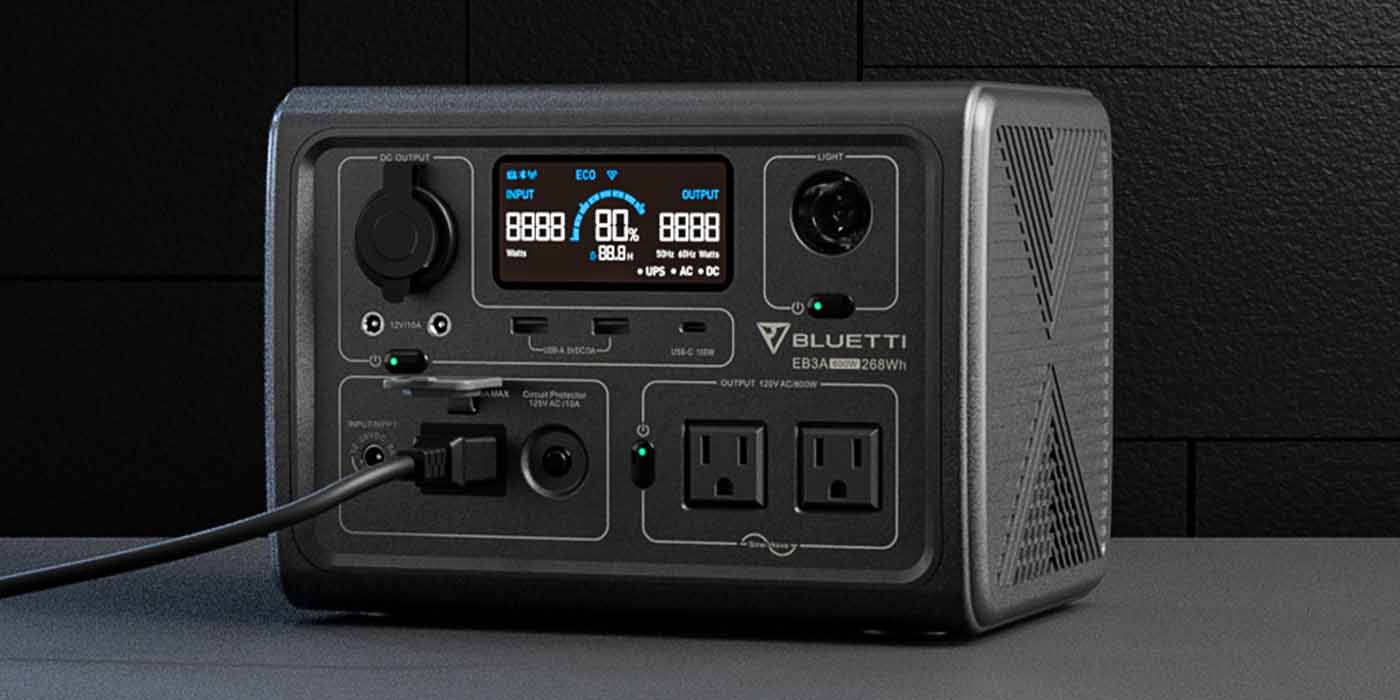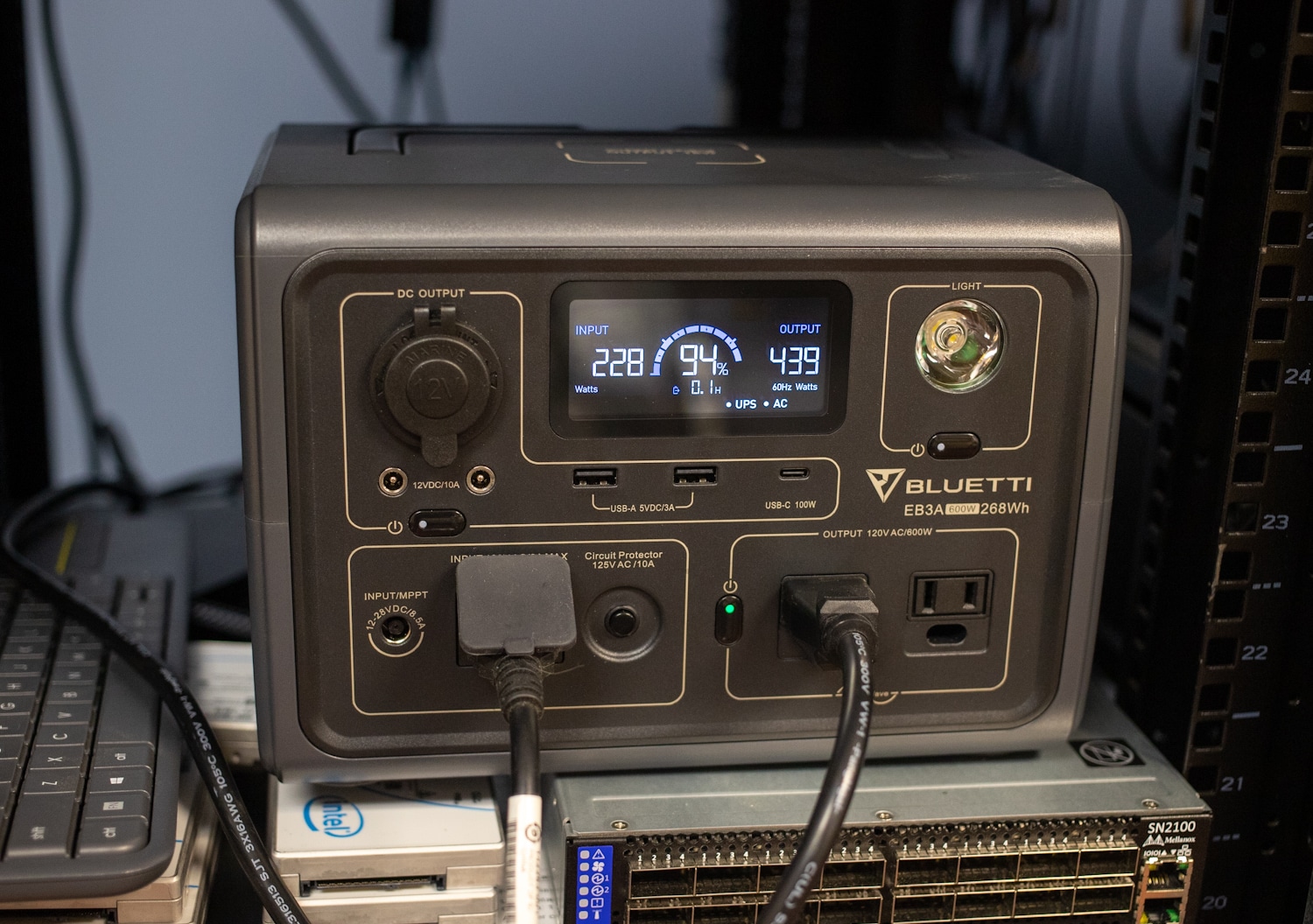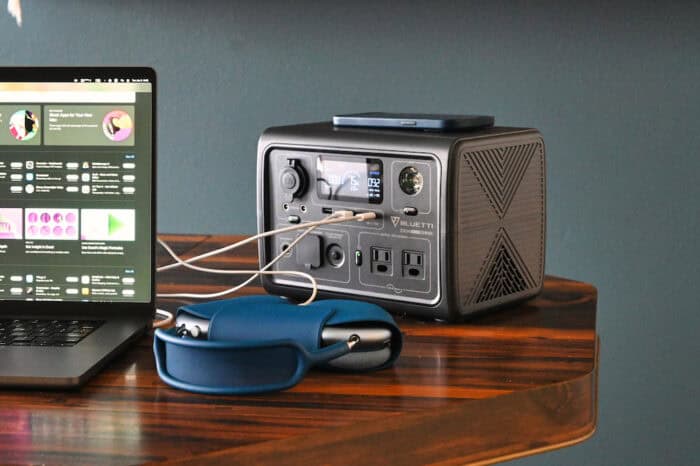In the world of solar energy, there's a hidden hero that ensures the seamless transformation of sun-kissed power into usable electricity for our homes and devices.
To unlock the true potential of solar energy and optimize the performance of solar generators, it's crucial to dive into the world of inverters.
In this article, we'll explore their indispensable function, uncover the various types that exist, and shed light on the factors that influence their lifespan.
What Does An Inverter In A Solar Generator Do?

An inverter plays a crucial role in a solar generator. Its main purpose is to convert direct current, also known as (DC) electricity, generated by solar panels into alternating current (AC) electricity, which is the standard form of electricity used in homes, businesses, and the power grid.
Solar panels produce DC electricity as a result of the photovoltaic effect, where sunlight is converted into an electrical current.
However, most household appliances and electronic devices operate on AC electricity.
Therefore, the inverter acts as an interface between the solar panels and the electrical load, ensuring compatibility and efficient utilization of the solar-generated power.
What Types Of Inverters Do You Get?

We will cover only two types of inverters below:
Grid-Tied Inverters
Grid-tied inverters, also known as grid-interactive or grid-connected inverters, are designed to work in conjunction with the electrical grid.
Their main purpose is to convert the DC electricity into AC electricity and synchronize it with the grid's voltage and frequency.
These inverters enable the direct feeding of solar-generated electricity into the grid, which powers household appliances and offsets the electricity consumed by the grid.
Grid-tied inverters typically don't incorporate battery storage and rely solely on the grid for power supply.
Any excess solar power that isn't immediately consumed is sent back to the grid, often resulting in net metering or feed-in tariff programs.
However, during grid outages, these inverters automatically disconnect from the grid for safety reasons and do not provide backup power.
Off-Grid Inverters
Off-grid inverters, also called stand-alone or independent inverters, are utilized in solar generators that are not connected to the grid.
These inverters are commonly employed in remote locations or situations where grid access is unavailable or impractical, such as cabins, boats, or RVs.
The main function of off-grid inverters is to convert the DC electricity stored in the batteries into AC electricity for immediate use. This stored energy can be utilized during periods of low sunlight or at night when solar power isn't available.
How Long Do Inverters Generally Last?

The lifespan of inverters can vary due to several factors, including the quality of the inverter, operating conditions, and maintenance practices.
On average, inverters are expected to last around 10 to 20 years.
However, remember that individual inverters may have shorter or longer lifespans.
Various factors can influence the lifespan of inverters:
- Quality: The longevity of an inverter is often influenced by its quality and the reputation of the manufacturer. In general, inverters from reputable manufacturers tend to have better construction and components, contributing to a longer lifespan.
- Environmental Factors: The operating conditions and environment where the inverter is installed can impact its lifespan. Extreme temperatures, high humidity, dust, and other harsh environmental conditions can affect performance and longevity. Proper ventilation and protection from excessive heat or moisture can help extend the inverter's lifespan.
- Maintenance: Regular maintenance and cleaning can help prolong the lifespan of inverters. This involves keeping the inverter and its cooling systems clean, checking and tightening electrical connections, and conducting routine inspections to promptly address any issues.
- Inverter Type: The type of inverter can also affect its lifespan. Some types, like microinverters, may have shorter lifespans compared to string inverters. However, advancements in technology and product improvements over time can lead to longer-lasting inverters.
- Warranty Period: Manufacturers typically offer warranty periods for inverters, which can give an indication of their expected lifespan. Warranty coverage typically ranges from 5 to 10 years, perhaps more. Of course, this depends on the manufacturer and specific product.
Final Thoughts
Inverters are the unsung heroes of solar generators, playing a crucial role in converting solar energy into usable electricity.
Their ability to convert DC to AC power is essential for powering our homes and integrating solar energy with existing electrical grids.
By delving into the purpose and types of inverters, we have gained valuable insights into their importance in the realm of renewable energy.
Grid-tied inverters enable the seamless connection of solar-generated electricity to the grid, reducing reliance on traditional power sources.
On the other hand, off-grid inverters provide energy independence for remote locations and independent systems through battery storage.
Understanding the factors that impact inverter lifespan highlights the significance of quality, environmental conditions, maintenance, and inverter type.
By considering these factors, we can maximize the lifespan and efficiency of inverters, ensuring reliable performance in the long run.






































































